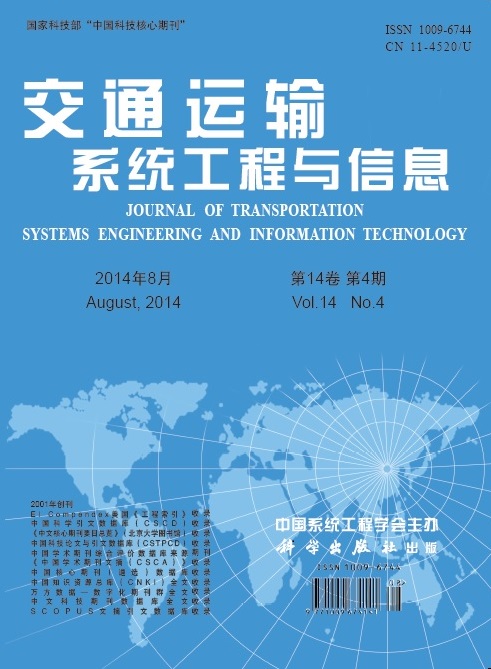Transport emissions of greenhouse gases and air pollution have attracted extensive attention of cities in China. To identify the source of emissions and scientific quantitative description is the key to control greenhouse gas emissions and pollutants, which will develop targeted policies and measures. China, at the moment, has not published a nationally accepted tool to assess emissions in the urban transport sector. This paper is based on technical ideas of handbook of road emission factors in Europe and combining the reality driving cycle of Beijing road and vehicle structure data, using bottom-up modeling method, dividing by the vehicle classification, traffic situation, driving cycle unit and traffic activity data, and using the average speed (V), stop time percentage (SP) and relative positive acceleration (RPA) three characteristic values as described driving cycle unit statistical characteristic parameter. Using computer simulation technology to build the localization traffic emission factor, and on this basis to develop the traffic emission measurement model based on traffic activity data. The model not only can establish the list of Beijing traffic energy consumption, greenhouse gas emissions and pollutants, and able to seamlessly link with macroscopic traffic model, evaluation of different transportation policy impact on the traffic emission reduction potential.


